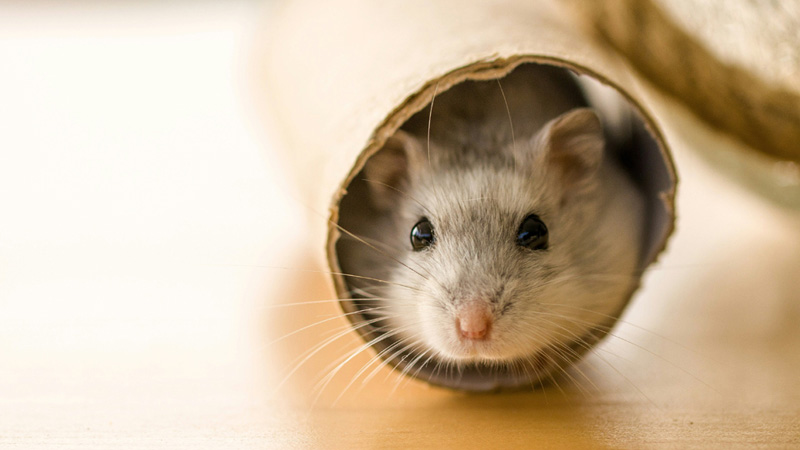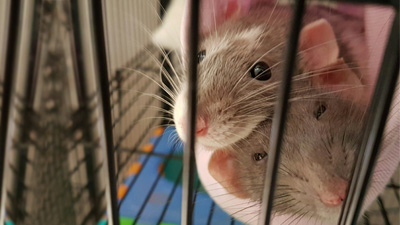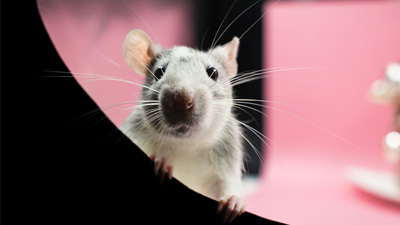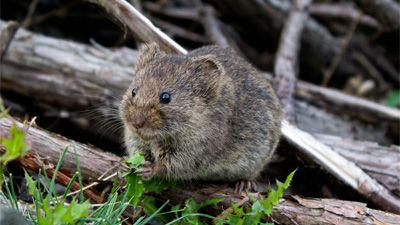Exploring the 7 Different Types of Pet Rats

Photo by Henry Lai on Unsplash
Pet rats, often referred to as fancy rats, have become beloved companions for many animal lovers worldwide. With their intelligence, affectionate nature, and playful demeanor, pet rats have carved a special place in the hearts of their owners. However, what many people may not realize is that there is a fascinating array of different types of pet rats, each with its own unique characteristics, colors, and markings.
In this comprehensive guide, we delve into the diverse world of pet rats, exploring the various types, breeds, colors, and markings that make them such captivating pets.
The Origins of Pet Rats
The roots of pet rats trace back to their ancestors, the brown rats (Rattus norvegicus), originating in Asia and subsequently spreading worldwide. Initially regarded as pests due to their prolific nature, these rats underwent a remarkable transformation in the early 19th century when humans began to keep them as pets. This shift in perception marked the dawn of fancy rats as beloved companions.
As humans interacted more closely with brown rats, they recognized their potential for companionship and began selectively breeding them for desirable traits. Through careful breeding practices, traits such as a friendly temperament, unique coat patterns, and other appealing characteristics were emphasized, leading to the emergence of fancy rats as popular pets. This selective breeding process played a pivotal role in shaping the diverse array of breeds and varieties of pet rats seen today.
Here are 7 Different Types of Pet Rats
1. Standard Rats
Standard rats are the most common type of pet rat and closely resemble their wild counterparts. They have short, smooth, and glossy hair coats, with a wide range of colors and patterns.
These rats are known for their friendly and sociable nature, making them excellent companions for both novice and experienced rat owners.
2. Rex Rats
Rex rats are distinguished by their curly fur, which lacks the typical guard hairs found in other rat breeds. This gives them a soft, plush appearance and a unique texture to their coat.
Rex rats come in various colors and patterns and are prized for their charming and cuddly demeanor.
3. Tailless Rats:
Tailless rats, also known as Manx rats or Sphinx rats, are bred to have little to no tail. While most rats have tails proportional to their body length, tailless rats have a rounded rump, giving them a distinctive appearance.
Breeding tailless rats can sometimes lead to physical deformities, so responsible breeding practices are essential for their welfare.
4. Hairless Rats:
Hairless rats, as the name suggests, lack fur entirely and have smooth, bare skin. They may or may not have whiskers, depending on their genetic makeup.
Hairless rats require special care, including additional warmth and protection from environmental elements, due to their lack of fur.
5. Satin Rats:
Satin rats have long, silky coats that have a glossy sheen, resembling satin fabric. Their fur feels soft and luxurious to the touch, and they come in a variety of colors and markings.
Satin rats are prized for their striking appearance and friendly disposition, making them popular pets among rat enthusiasts.
6. Dumbo Rats:
Dumbo rats are characterized by their distinctive low-set ears, which are larger and rounder than those of standard rats. This gives them a unique and endearing appearance, reminiscent of the Disney character Dumbo the Elephant.
Dumbo rats are known for their gentle and affectionate nature, making them ideal pets for families and individuals alike.
7. Bristle Coat Rats:
Bristle coat rats have coarse, wiry fur that resembles the texture of a wire brush. Their fur may feel rough or crunchy to the touch, and they often have curled whiskers.
While less common than other varieties, bristle coat rats have a unique charm and personality that endears them to their owners.
Rat Coat Colors and Markings
In addition to different types of rats, pet rats also come in a wide range of coat colors and markings. Some of the most common colors and markings include:
Self: The entire body is the same color, such as beige, black, blue, or chocolate.
Agouti: A coat with dark gray at the base and rich brown at the top, with evenly distributed black guard hairs.
Himalayan: A coat with dark points on the ears, nose, feet, and tail, with a lighter body color.
Hooded: A white body with a colored head and a stripe down the spine.
Berkshire: A white belly, feet, and tail, with a colored body and a small spot between the ears.
Variegated: Colors on the head and shoulders, a white spot on the head, a white abdomen, and color splashes everywhere else.
Dalmatian: A coat with different color splashes throughout, similar to the spots on a Dalmatian dog.
Conclusion
Pet rats are fascinating and intelligent creatures that come in a diverse array of types, breeds, colors, and markings. Whether you prefer the soft curls of a rex rat, the sleek appearance of a satin rat, or the distinctive ears of a dumbo rat, there is a pet rat to suit every preference. By exploring the different types of pet rats and understanding their unique characteristics, prospective rat owners can make informed decisions when choosing their new furry companions. With proper care, love, and attention, pet rats can bring joy, companionship, and endless entertainment to their human families for years to come.
You May Also Like
 Pet RatsWhich Are Better Pets: Male or Female Rats?
Pet RatsWhich Are Better Pets: Male or Female Rats? Pet RatsExploring The 4 Largest Pet Rat Breeds
Pet RatsExploring The 4 Largest Pet Rat Breeds Pet RatsWhat is the Best Number of Rats to Have as a Pet?
Pet RatsWhat is the Best Number of Rats to Have as a Pet? Pet RatsAre Rats a Good Pet? Exploring the Benefits of Pet Rats
Pet RatsAre Rats a Good Pet? Exploring the Benefits of Pet Rats Pet RatsWild Rats vs. Pet Rats: What Is the Difference?
Pet RatsWild Rats vs. Pet Rats: What Is the Difference? Help & AdviceExploring 10 Easiest Exotic Pets to Take Care Of
Help & AdviceExploring 10 Easiest Exotic Pets to Take Care Of